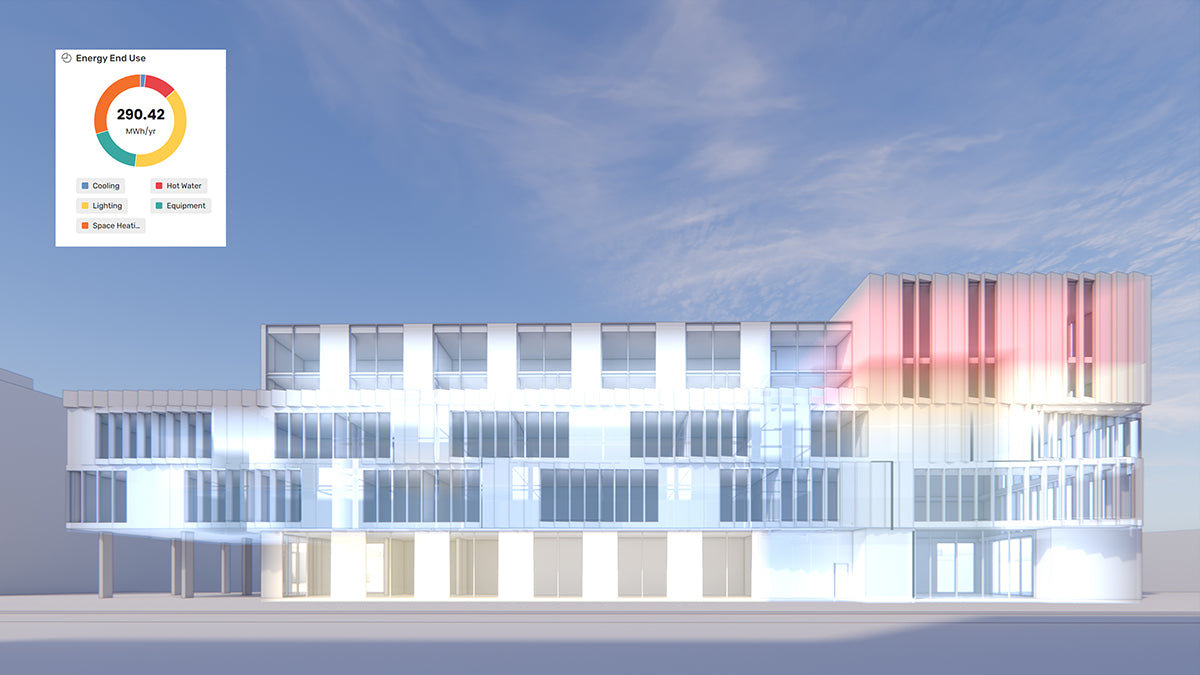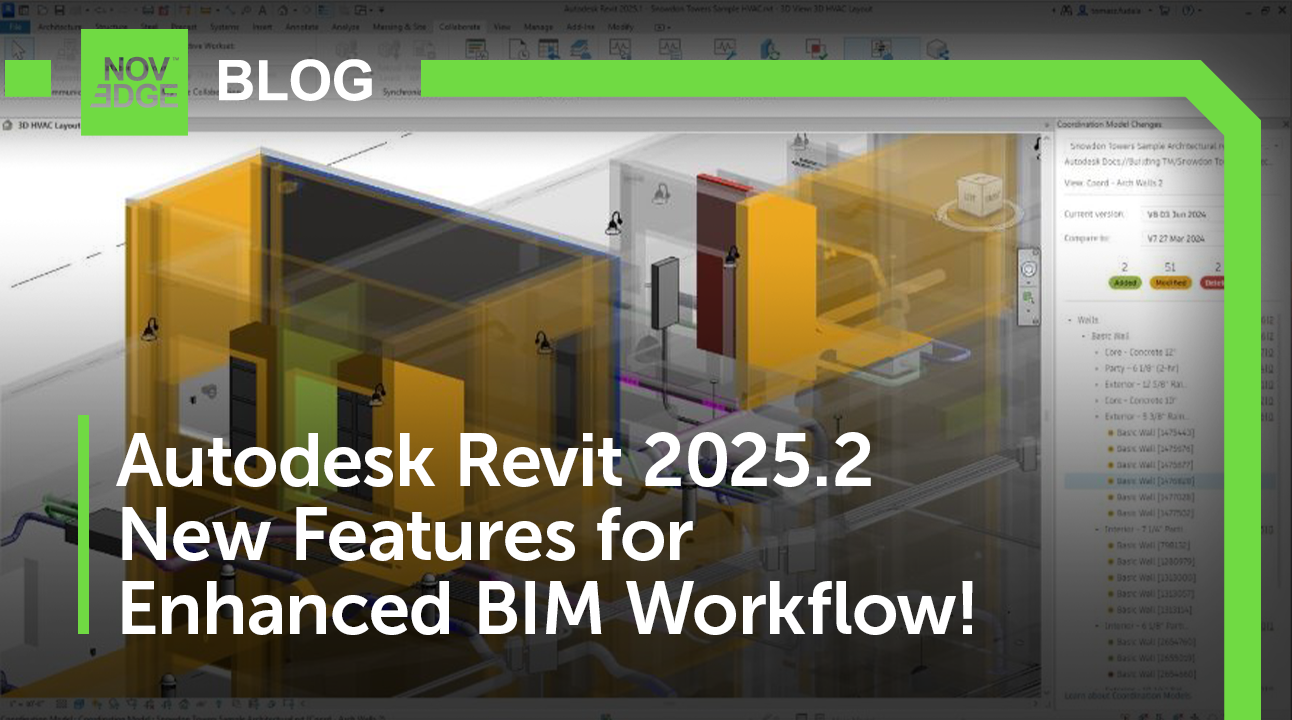Your Cart is Empty
Customer Testimonials
-
"Great customer service. The folks at Novedge were super helpful in navigating a somewhat complicated order including software upgrades and serial numbers in various stages of inactivity. They were friendly and helpful throughout the process.."
Ruben Ruckmark
"Quick & very helpful. We have been using Novedge for years and are very happy with their quick service when we need to make a purchase and excellent support resolving any issues."
Will Woodson
"Scott is the best. He reminds me about subscriptions dates, guides me in the correct direction for updates. He always responds promptly to me. He is literally the reason I continue to work with Novedge and will do so in the future."
Edward Mchugh
"Calvin Lok is “the man”. After my purchase of Sketchup 2021, he called me and provided step-by-step instructions to ease me through difficulties I was having with the setup of my new software."
Mike Borzage
Evaluating 3D Architectural Rendering Options: Should You Go In-House, Learn Yourself, or Outsource?
December 15, 2023 3 min read


Evaluating 3D Architectural Rendering Options: Should You Go In-House, Learn Yourself, or Outsource?
3D architectural rendering stands as a critical pillar in the visualization and realization of architectural projects. It brings designs to life, bridging the gap between conceptual ideas and tangible reality. However, companies face a crucial decision when it comes to producing these renderings: opt for an in-house team, invest time in self-learning, or turn to outsourcing services. Each avenue carries its unique set of advantages and challenges that can significantly affect project timelines, quality, and overall cost.
In-House or Self-Learning Rendering: A Close-Knit Approach
Developing in-house capabilities or undertaking the journey to learn 3D rendering oneself can bring about an intimate understanding of a company's specific style and requirements. The immediacy of communication within an in-house team can lead to faster iterations and a more streamlined workflow, assuming the presence of skilled artists. Furthermore, opting to learn the intricacies of rendering software personally can provide the ultimate control over the creative output.
Yet, the path to mastery is fraught with obstacles. The financial and temporal investments are considerable - powerful computing hardware, costly software licenses like Autodesk solutions, and the extensive learning curve associated with industry-leading applications such as 3ds Max or Rhino 3D, not to mention their complementary plugins like V-Ray. These resources could be allocated elsewhere in the business for growth and expansion.
Outsourcing: Leveraging External Expertise
On the flip side, outsourcing to specialized 3D architectural rendering services opens the door to a wealth of experience and technical prowess. Companies like Enscape and Maxon offer sophisticated rendering capabilities that can transform your architectural concepts into stunning visuals. By partnering with seasoned professionals, businesses can expect high-quality deliverables without the overhead costs of maintaining an in-house team or the learning curve associated with self-education.
However, concerns related to communication gaps, varying drafting standards, and confidentiality must be carefully navigated when choosing to outsource. It's imperative to select a service provider that aligns with your project's needs, understands the nuances of architectural standards, and respects the confidentiality of sensitive information.
Complementary Tools to Enhance Rendering Capabilities
Regardless of the chosen path, employing additional tools and software can enhance the rendering process. Programs such as Luxion KeyShot and Revit offer unique capabilities that can streamline workflows and produce exceptional results. For instance, xNURBS provides powerful NURBS modeling, and VisualARQ is an architectural tool that enhances Rhino with industry-specific features. Integrating such tools into your rendering pipeline, whether in-house, self-learned, or outsourced, can yield a competitive edge.
The Role of Training and Support
Supporting the continuous professional development of in-house teams or individual learning endeavors is crucial. Platforms like PTC offer comprehensive software suites that are instrumental for design. By investing in training and support, businesses can enhance the skill sets of their teams, ensuring they remain adept at using advanced rendering software and techniques.
When outsourcing, it's beneficial to collaborate with service providers that prioritize strong customer support and are willing to engage in knowledge transfer. This approach ensures that not only is the immediate project successful but also that in-house teams can learn from the experience and apply new skills to future projects.
Conclusion
The decision between nurturing in-house talent, self-learning, or outsourcing 3D architectural rendering services is multifaceted, involving considerations of cost, quality, and time. Technologies are continually evolving, and the right choice might involve a combination of approaches. Companies should assess their long-term goals, project-specific needs, and the value of having control over the creative process versus leveraging external expertise.
For those looking to explore the newest and most advanced design software technologies to support their architectural rendering needs, reach out to the sales team at NOVEDGE. Our extensive catalog and knowledgeable staff can guide you through selecting the perfect tools to enhance your rendering capabilities, whether you’re building an in-house team, learning the ropes yourself, or seeking the best software for your outsourcing partner.
Also in NOVEDGE Blog

How the AEC Industry Shifted Towards Essential Sustainable Building Design
August 15, 2024 4 min read
Read More
Unlocking New Realms of Design with Enscape 4.1: Introducing Impact Add-on and Lot More
August 02, 2024 2 min read
Read More
Explore Autodesk Revit 2025.2: New Features and Enhancements for Enhanced BIM Workflows
July 30, 2024 3 min read
Read MoreSubscribe
Sign up to get the latest on sales, new releases and more …


